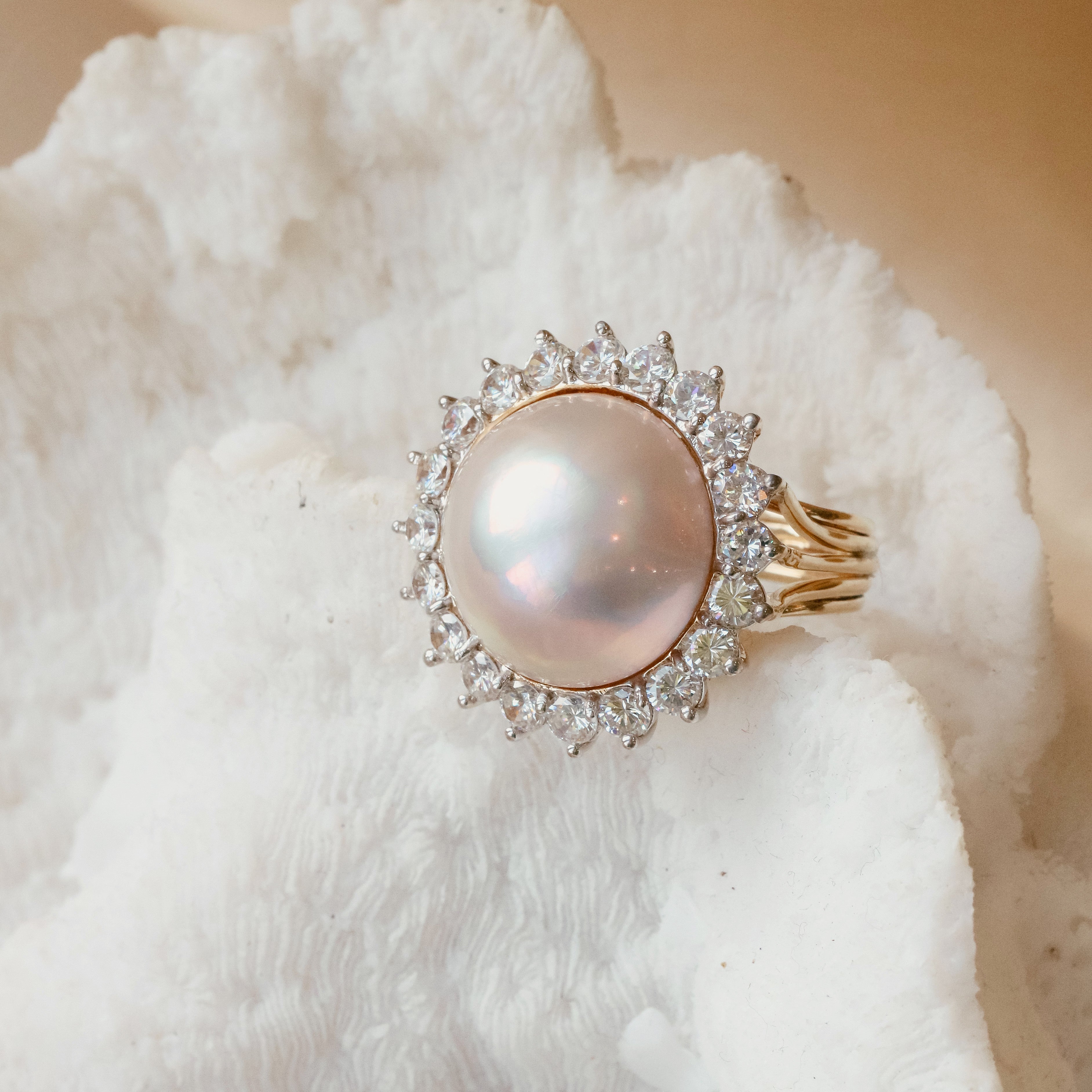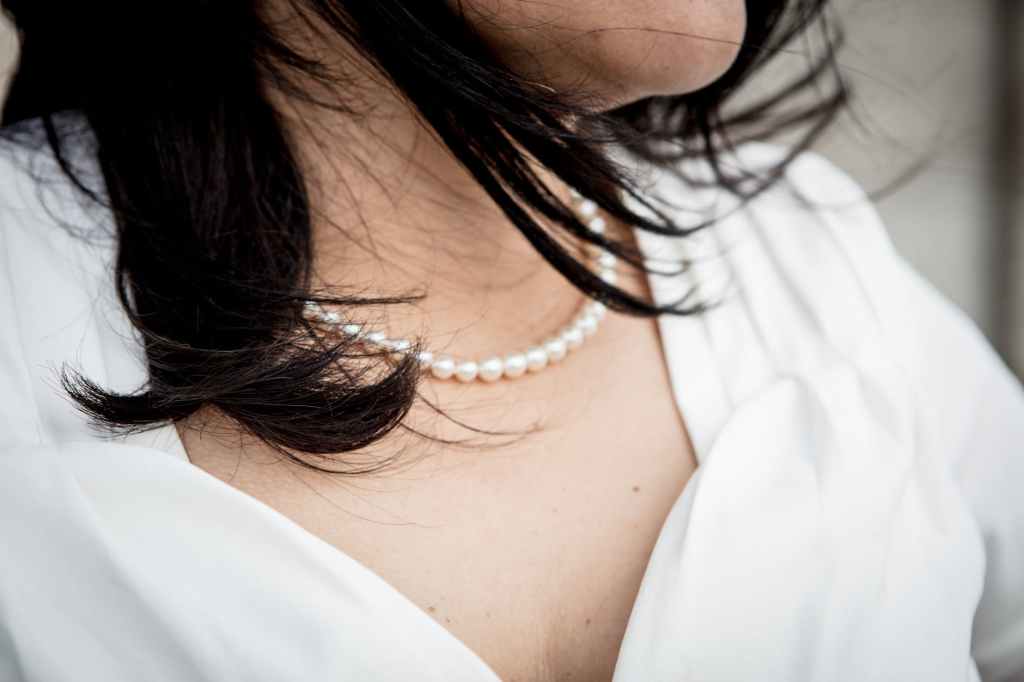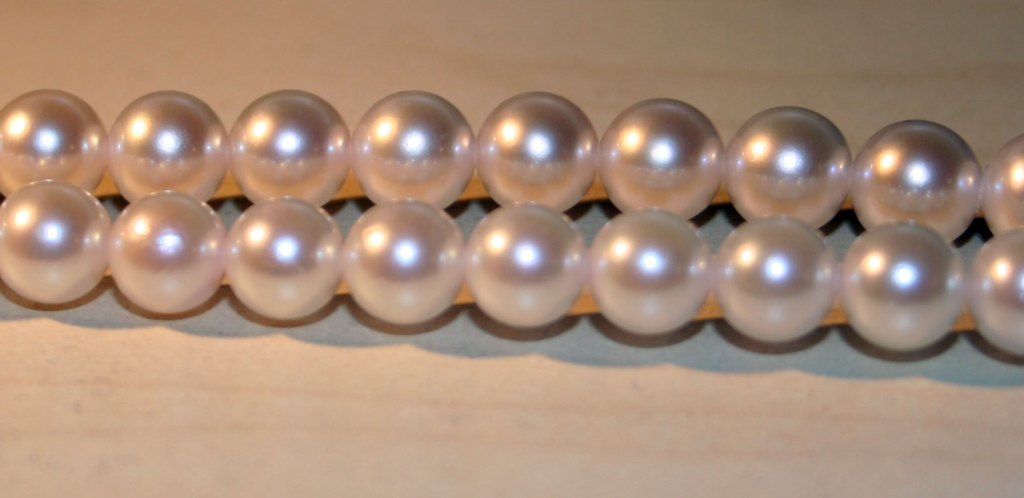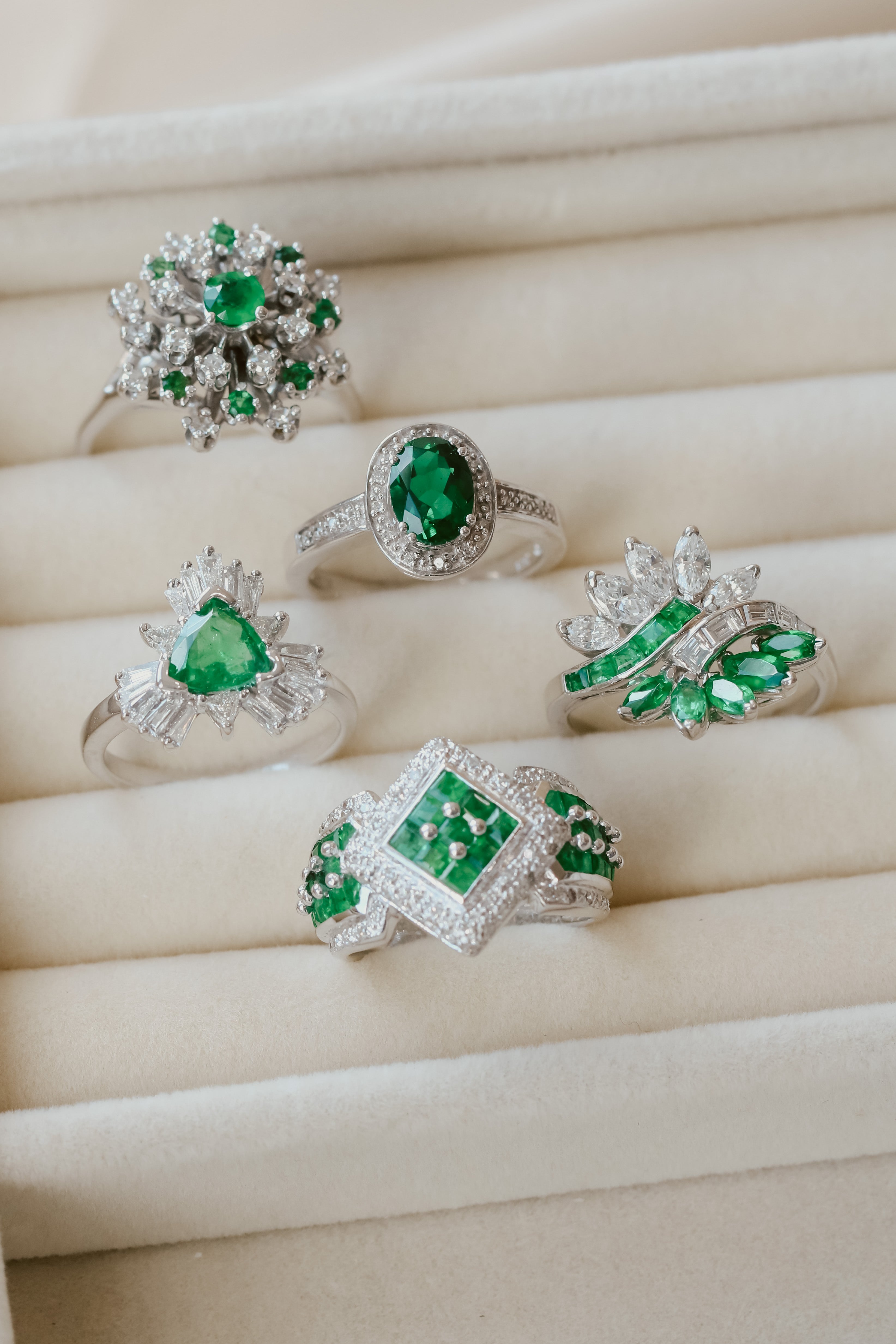
Pearls: June's Luminous Birthstone
Whether worn in a strand or stud earrings, pearls add a timeless elegance to any outfit. Pearls have a sleek luster and come in a range of shapes and colors. Many cultures associate pearls with the moon, as both radiate a soft glow and have a spherical shape. In this month's gemstone blog, we'll take a closer look at this versatile gemstone.

Pearl History and Lore
The oldest written account of pearls was recorded by a Chinese historian in 2206 B.C.
Ancient Chinese lore upheld the belief that pearls provided protection from fire. They also believed that pearls grew inside the heads of dragons.
Pearls are largely associated with purity. Ancient Greeks believed that if a bride wore pearls, the gems would prevent her from crying on her wedding day.

Pearl Characteristics
Pearls are comprised of calcium carbonate. There are two main types of pearls: natural pearls and cultured pearls. Natural pearls form organically without any human interference or engineering. They form around a tiny irritant, or parasite, inside of a mollusk. Cultured pearls involve human intervention during their formation, as a bead or tissue is manually inserted into the mollusk. The pearl culturing process emerged in the early 1900s, which made pearl jewelry more accessible to the general public. There are four types of cultured pearls:
Akoya Cultured Pearls: China and Japan are popular producers of these saltwater cultured pearls. These gems are generally white or cream-colored.

Freshwater Cultured Pearls: China is the lead producer of freshwater cultured pearls. These pearls come in a variety of shapes, sizes and colors. Often times, multiple freshwater pearls are grown in one oyster.


Freshwater Pearl Ring Baroque Pearl Bracelet
South Sea Cultured Pearls: South Sea cultured pearls can be a variety of colors, ranging from silver to white to golden. The pearl's color depends on the type of oyster in which it is grown. Australia, Indonesia and the Philippines are the top cultivators of South Sea pearls.

Tahitian Cultured Pearls: Known also as black pearls, these saltwater cultured pearls are sourced from the islands of French Polynesia. Tahitian pearls can also be gray or brown.
David Yurman Tahitian Pearl Ring Gabrielle Sanchez Pearl Drop Earrings
X-ray machines provide the ability to tell natural and cultured pearls apart, based on the pearl's inner structure. Pearls have a hardness of 2.5-3 on the Mohs scale, making them suitable for earrings and necklaces. Since pearls are a softer gemstone, they should be worn with care.
Pearl Information
| Hardness | 2.5 - 3 |
| Color | Black, blue, green, orange, pink, white, yellow |
| Treatment | Bleach or Dye Treatment |
| Top Countries of Origin | China, Philippines, Australia |
Pearl Care
Pearl jewelry should be worn with care. Since pearls are relatively soft gemstones, it is best to store them separately from other gemstone jewelry to avoid surface scratches. A soft damp cloth is perfect to use when cleaning your pearl jewelry.

Find the perfect pearl piece here.



